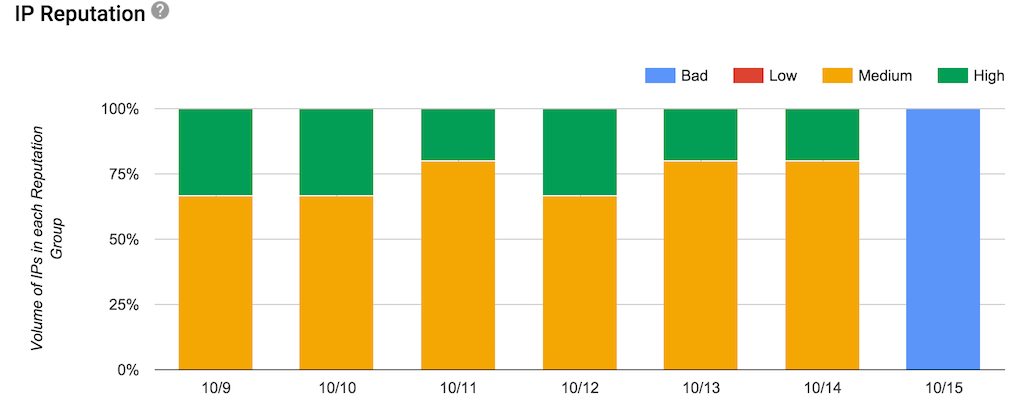You probably use TLS hundreds of times a day. If you don’t recognize the term, you might know it better by it’s older name, SSL.
TLS is what protects your data in transit whenever you go to Google, or Yahoo or even this blog. The little padlock in your browser address bar tells you that your browser has used the TLS protocol to do two things. First, it’s decided that the server you’re connecting to really is operated by Google, or Yahoo or us – you’re (probably) not having your session intercepted by someone in the middle between you and the webserver, either to read your traffic or modify it en-route. Second, it is encrypting all the traffic between you and the webserver, so that it can’t be passively monitored while in transit. Because of concerns about ubiquitous surveillance many websites – including ours – are moving to use TLS for everything, not just for protecting a login page or a credit card number.
That’s great for the web, but how does it apply to email? One place it’s used is for connections between your mail client and your local mailserver – sending mail to the smarthost via [rfc 4409]SUBMIT[/rfc] and fetching mail using [rfc 2595]IMAP or POP3[/rfc] almost always use TLS. That protects the privacy of your messages between you and your ISP and also protects the username and password you use to authenticate with.
Mail traveling between ISPs didn’t used to be encrypted “on the wire” , but about 15 years ago [rfc 3207]an extension to SMTP was proposed[/rfc] that would allow ISPs to negotiate during each session whether they should encrypt it or not. This extension, often referred to as STARTTLS after the command it uses, allows gradual rollout of encryption of mail traffic between ISPs without requiring any sort of flag day. A mailserver that supports STARTTLS will tell everyone who connects to it “Hey! I support STARTTLS!”. When a smarthost that also supports it connects to that mailserver it will go “Great! I support STARTTLS too! Lets do this!” and convert the plain text SMTP session into an encrypted session protected by TLS.
Fifteen years seems like a long period in Internet time, but non-intrusive protocol changes can take a long time to deploy. Facebook Engineering have done the work to see how that deployment is going with their survey of the current state of SMTP STARTTLS deployment. The results are really quite positive – over three quarters of the mailservers they sent mail to supported STARTTLS, covering nearly 60% of their users. That’s definitely enough to make supporting STARTTLS worthwhile.
More about TLS and encryption tomorrow.
Read More
